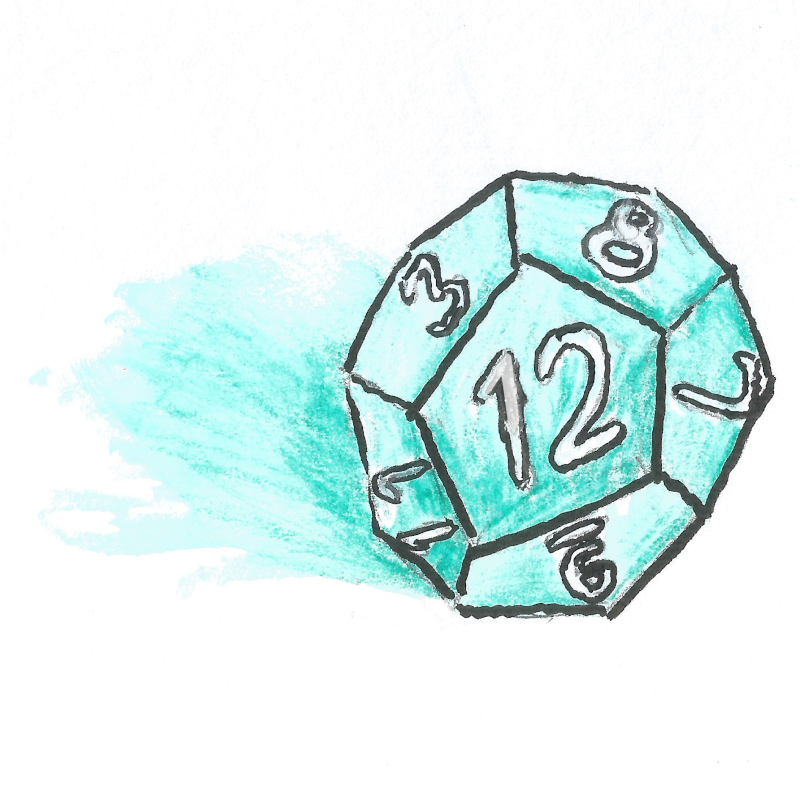In the last article, we talked about my starting point when creating factions: avoid thinking in terms of “Good Guys” and “Bad Guys.” Let those definitions develop organically—ideally, leaving it up to the players (and their characters) to decide.
The next step I take is to avoid thinking of factions as monoliths. At their core, they’re just people, and people who work together to achieve a shared goal can have different philosophies, levels of responsibility, loyalties, and eccentricities. (As a result, well-connected characters might also find themselves with divided loyalties—not intentionally and not with ulterior motives, but in a way that could lead to personal crisis in moments of tension.)
When you describe your factions, think of trends within them, not immutable properties. For large organizations, you can even list contradictory trends representing internal fights or unspoken philosophical differences. As you design NPCs, you can decide where they fit within those trends, and which trends are winning.
In my 5e campaign Crown Jewel Heist (affiliate link1; spoilers for the campaign follow), I tried to make the major factions complicated so that players would have to make gut-level decisions with little information.
The Dusk Network (one criminal syndicate pitching the heist job to the players) is working with the Royal Court behind the scenes, but not everyone knows that’s the case. There are likely criminals in the Dusk Network who have little love for the Court’s policies. And players can’t simply flash a Dusk Network insignia to get out of trouble with the royal guards, who are unaware of the connection.
Similarly, the Scriveners Syndicate (the other syndicate offering pitching the heist job) offers the players a pile of free spell scrolls from a contact at the Mages College. That doesn’t mean the whole Mages College is mobbed up. Those scrolls are trapped with scrying runes that give syndicate members visibility into the players’ actions when used, but only a select group within the Scriveners is aware that they use such tools.
When you create sub-factions within your largest factions, you give them the freedom to be dynamic, three-dimensional entities. They might struggle against each other, and who prevails will affect the plot. Those factions might try to conceal the schism, presenting a unified facade to outsiders. Or they might act as if they were separate, external factions in some circumstances, quietly undermining their own people.
1 This is an affiliate link for Dungeon Masters Guild, and I receive an affiliate commission for any purchase made by clicking the link in the post.
